One of the most important factors to consider when planting kale is the spacing between plants.
Proper spacing is crucial to ensure that your kale plants grow healthy and yield a bountiful harvest.
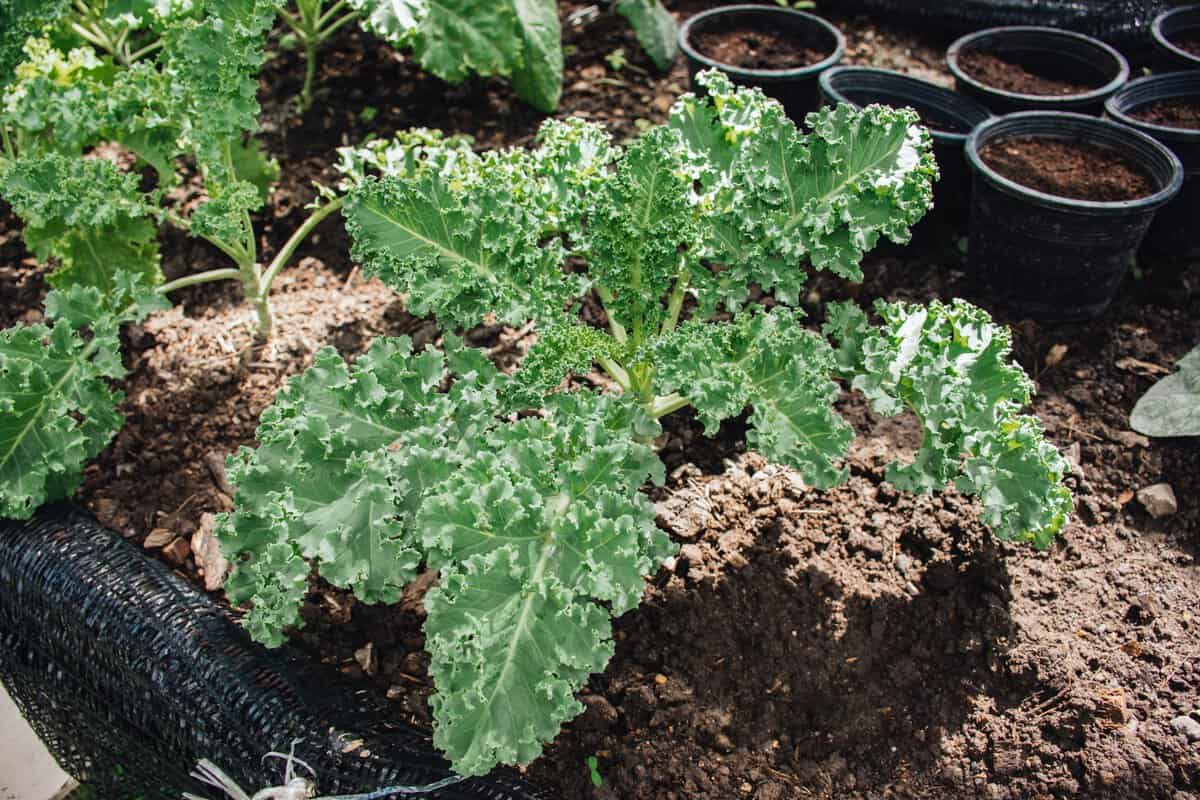
In this article, you will discover the secrets to achieving perfect kale crop spacing. So get in your learning space, read, and learn!
Understanding the Basics of Kale Plant Spacing
Importance of Proper Spacing
Proper spacing is important for the healthy growth of kale plants. If you plant kale seeds too close together, the plants will compete for nutrients, water, and sunlight.
This can result in stunted growth, poor-quality leaves, and lower yields.
On the other hand, if you space your kale plants too far apart, you will waste valuable garden space and reduce your overall yield.
Ideal Spacing for Kale
The ideal spacing for kale plants depends on the variety of kale you are growing and your planting method.
For full-sized bunching kale, you should space each plant 18 to 24 inches apart from one another.
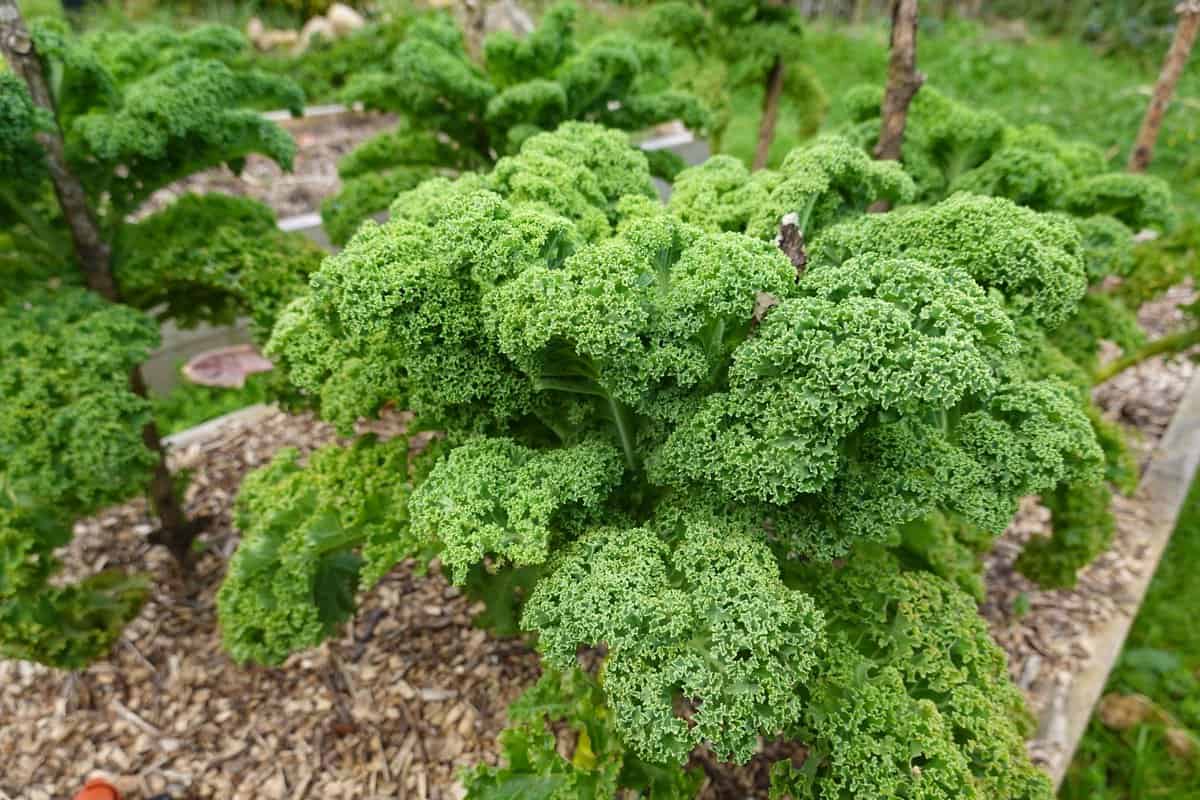
This spacing will allow the plant not to feel crowded when it reaches mature heights of one to three feet.
For baby greens, you can plant seeds closer together, about 1/2 to one inch apart.
When planting kale in raised beds and in rows, you can space the plants closer together. For full-sized kale, space each plant 12 to 18 inches apart.
In containers, space each plant about 6 inches apart for a 3-gallon container.
Related reading: How To Grow Kale From Grocery Store Cuttings
Secrets to a Perfect Crop
If you want to grow a perfect crop of kale, there are a few secrets you should know.
Soil Preparation
Before planting kale, it's important to prepare the soil properly. Kale prefers well-draining soil that is rich in nutrients.
You can achieve this by adding compost or aged manure to the soil. If your soil is too acidic, add some lime to bring the pH level up to around 6.5 to 7.0.
Watering and Sunlight Requirements
Kale needs plenty of water to grow properly, especially during hot and dry weather.
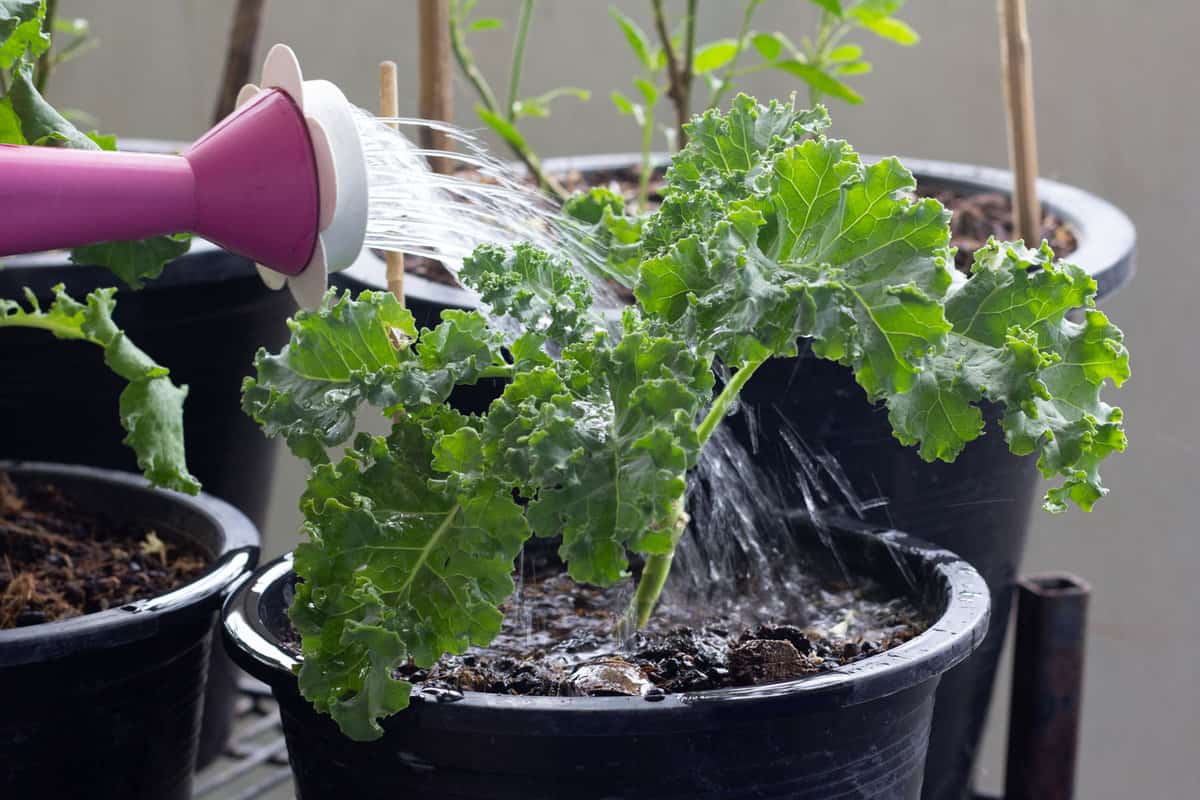
Make sure to water your plants deeply and regularly, but avoid overwatering as this can lead to root rot.
Like most leafy vegetables, kale also needs plenty of sunlight to grow, so make sure to plant it in a spot that gets at least 6 hours of direct sunlight per day.
Pest and Disease Management
Kale is susceptible to a few common pests and diseases, including aphids, cabbage worms, and powdery mildew.
To prevent these problems, make sure to keep your plants healthy by providing them with plenty of water and nutrients.
You can also use organic pest control methods, such as neem oil or insecticidal soap, to keep pests at bay.
Related Posts:
More Tips for Kale Plant Spacing
Companion Planting
When planting kale, it's important to consider companion planting. This is the practice of planting different crops together to improve growth and health.
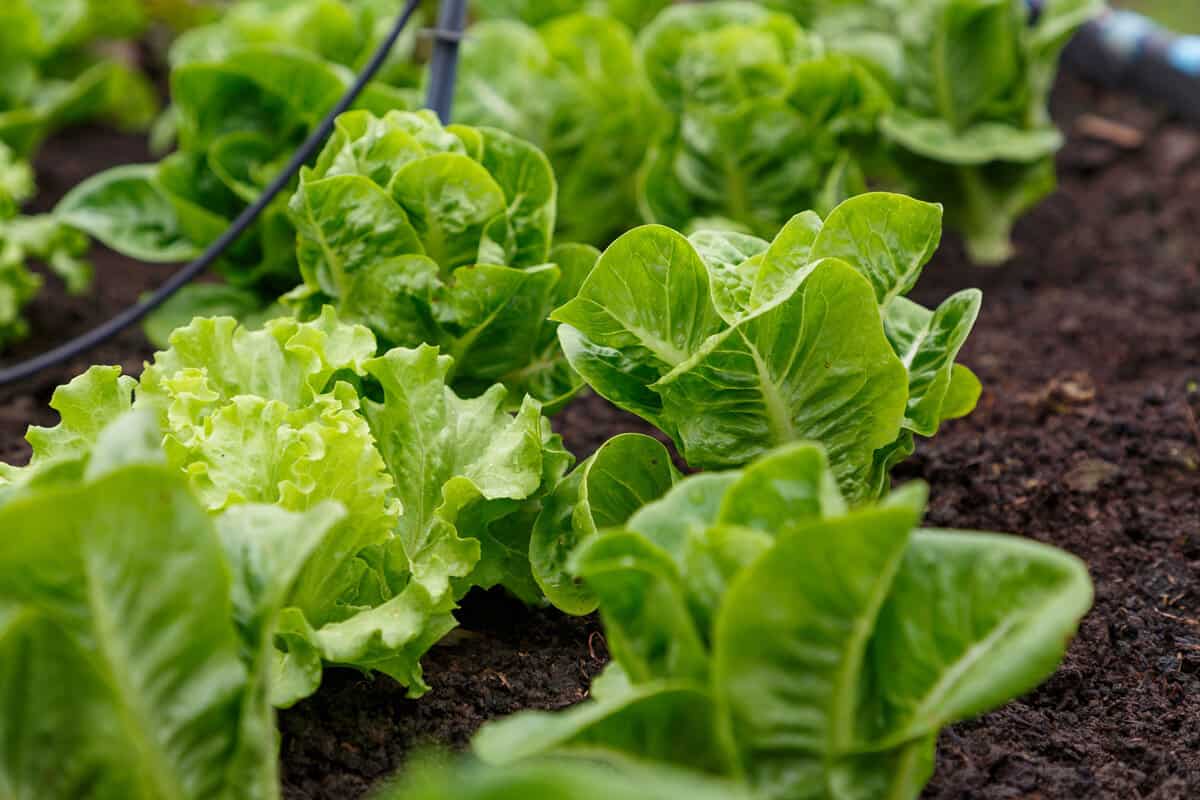
Some good companion plants for kale include:
- Lettuce: These two plants have similar growing requirements and can be planted together to maximize space and yield.
- Beans: Beans add nitrogen to the soil, which is beneficial for kale growth.
- Herbs: Herbs like thyme and rosemary can help repel pests that may damage kale plants.
Rotation
Kale is a heavy feeder and can deplete the soil of nutrients. To avoid this, it's important to rotate your kale crops.

This means planting kale in a different location each year to allow the soil to rest and replenish.
When rotating your kale crops, it's important to avoid planting them in the same location as other members of the brassica family, such as broccoli or cauliflower.
This can increase the risk of pests and disease.
Succession Planting
Succession planting is the practice of planting crops at different times to ensure a continuous harvest.
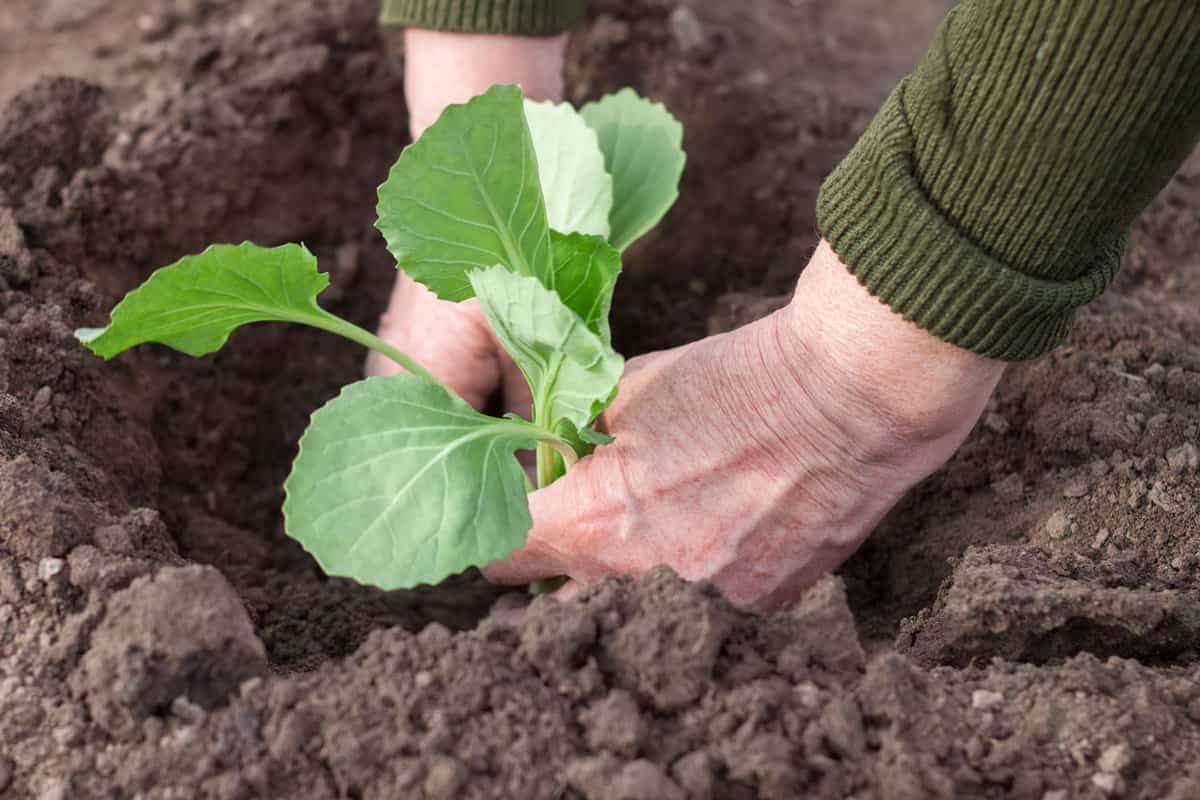
This is especially important for kale, which can be harvested multiple times throughout the growing season.
Common Mistakes and How to Avoid Them
Overcrowding
One common mistake when planting kale is overcrowding.
It might be tempting to plant as many kale plants as possible to maximize your harvest, but this can actually lead to stunted growth and poor yields.
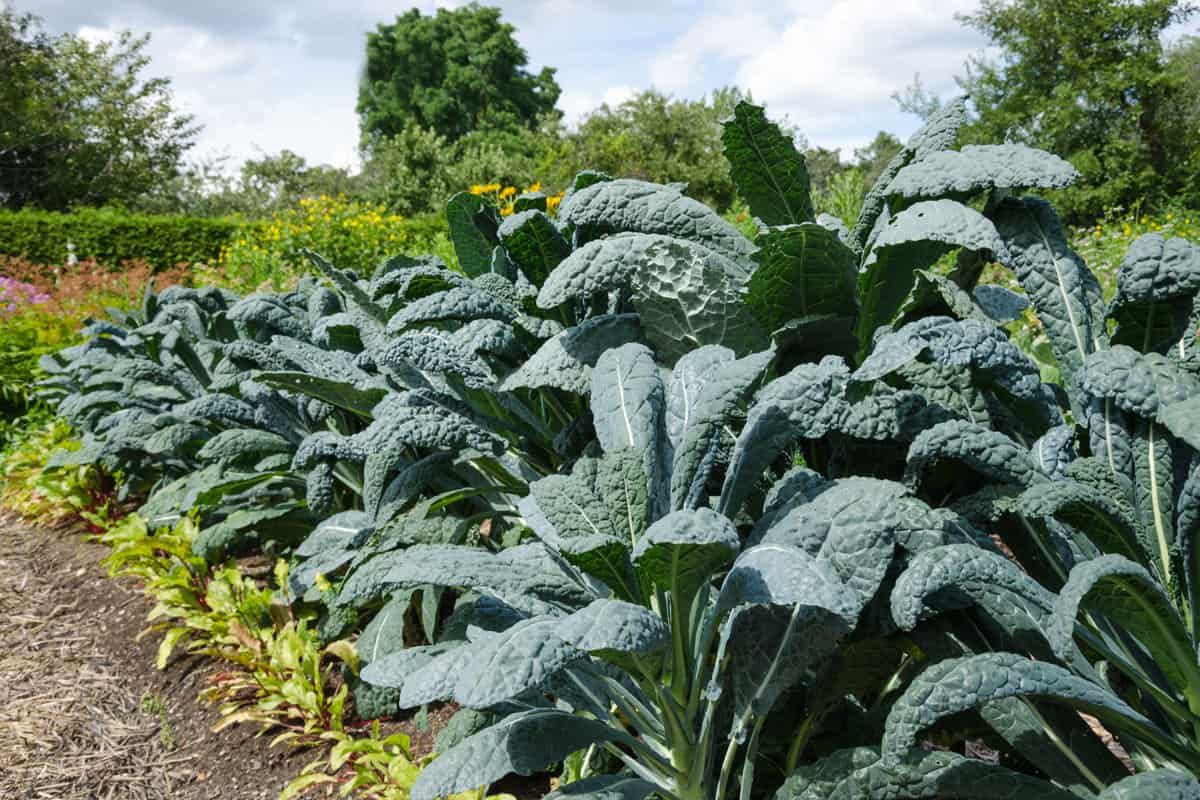
When kale plants are too close together, they compete for resources like water, nutrients, and sunlight. This can result in smaller leaves and a weaker plant.
To avoid overcrowding, make sure to space your kale plants properly.
Inadequate Watering
Another mistake that can lead to poor kale growth is inadequate watering.
Kale plants need consistent moisture to grow properly, especially during hot and dry weather.

If your kale plants are not getting enough water, they may wilt and become stressed, which can lead to stunted growth or even death.
To avoid inadequate watering, make sure to water your kale plants deeply and consistently.
Aim to give your plants at least one inch of water per week, either through rainfall or irrigation.
You can also add a layer of mulch around your plants to help retain moisture in the soil.
Ignoring Soil Health
Finally, ignoring soil health is another mistake that can lead to poor kale growth.
Kale plants require nutrient-rich soil to grow properly, and if your soil is depleted or lacking in key nutrients, your plants may struggle to grow and produce.
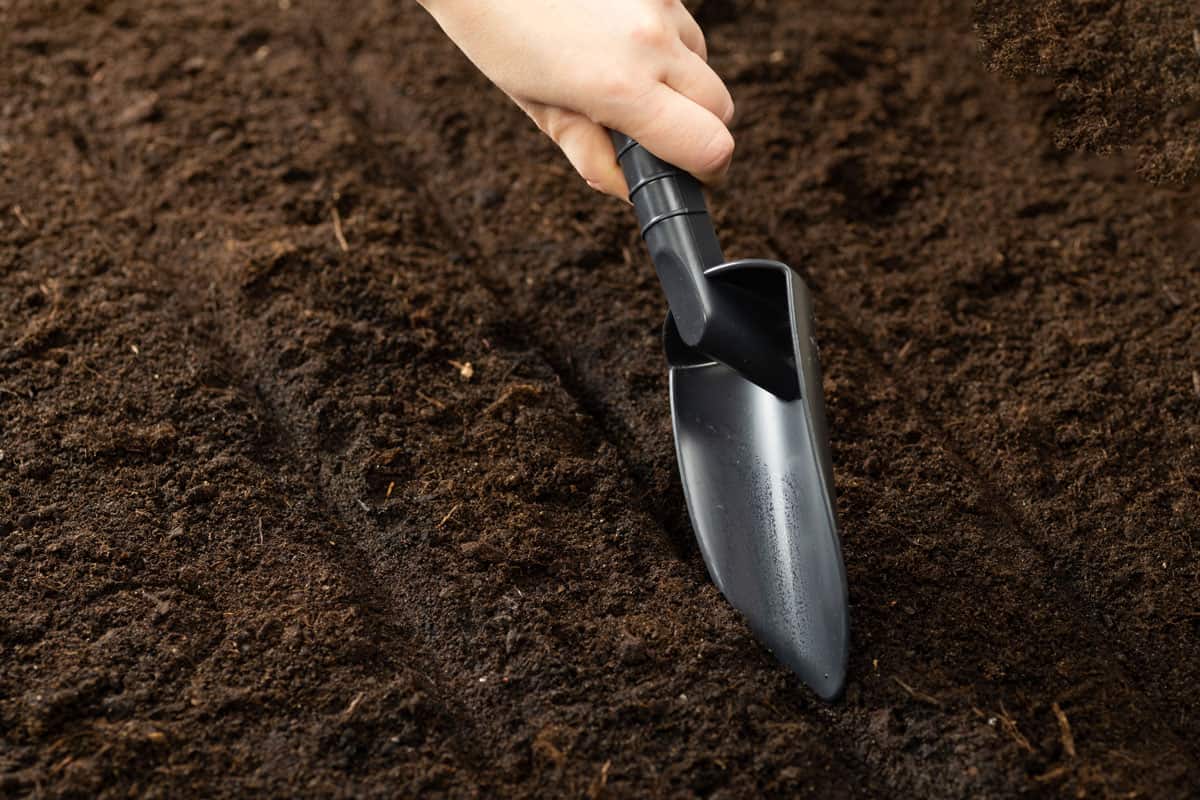
To avoid ignoring soil health, make sure to test your soil regularly and amend it as needed.
Adding organic matter like compost or aged manure can help improve soil fertility and structure.
Additionally, make sure to rotate your kale plants each year to prevent soil-borne diseases and pests from building up in the soil.
Where to Grow Kale in Limited Space
If you have limited space, you can still grow kale! Kale is a great crop for small gardens, patios, balconies, and even indoors.
Here are some tips on where to grow kale in limited space:
Containers
Kale can be easily grown in containers, which is great for those with limited space. You can grow kale in pots, raised beds, or even hanging baskets.
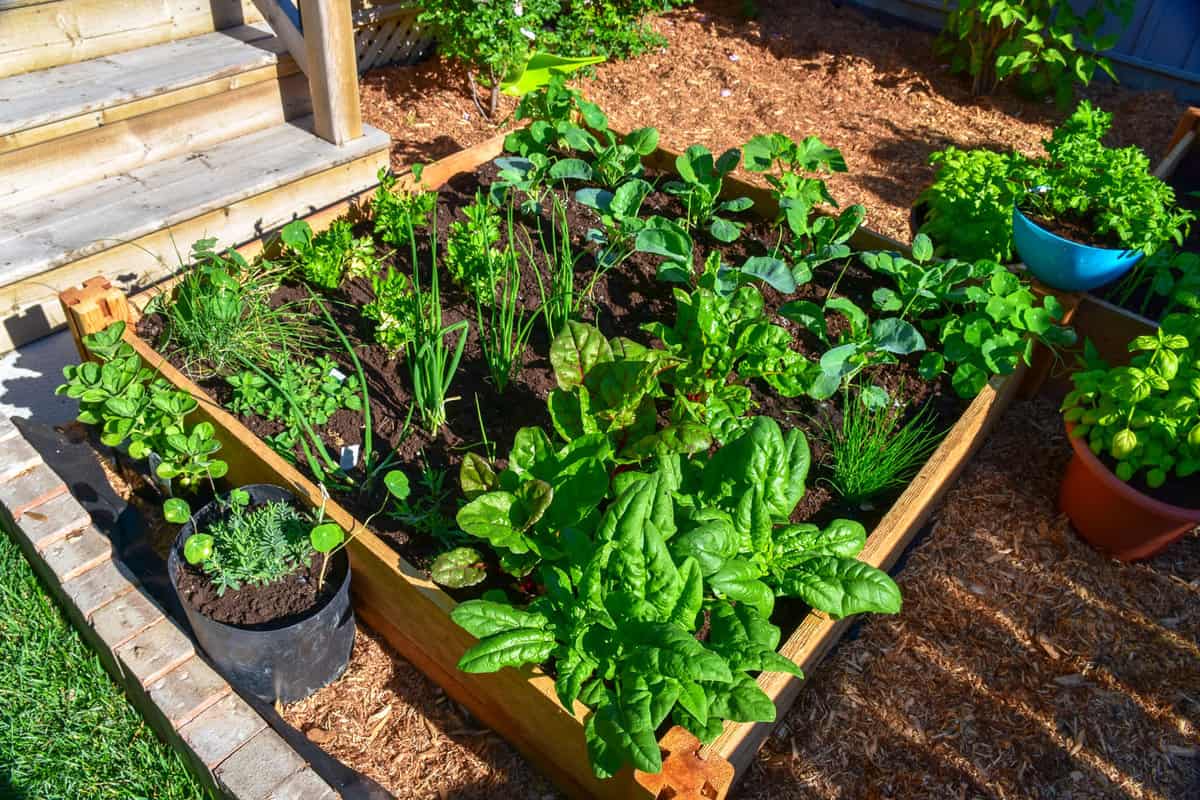
Fill the container with a good quality potting mix, and plant the kale seeds or seedlings according to the spacing requirements.
Vertical Gardens
If you don't have a lot of floor space, you can grow kale vertically. A vertical garden is a great way to maximize your space and grow more plants.
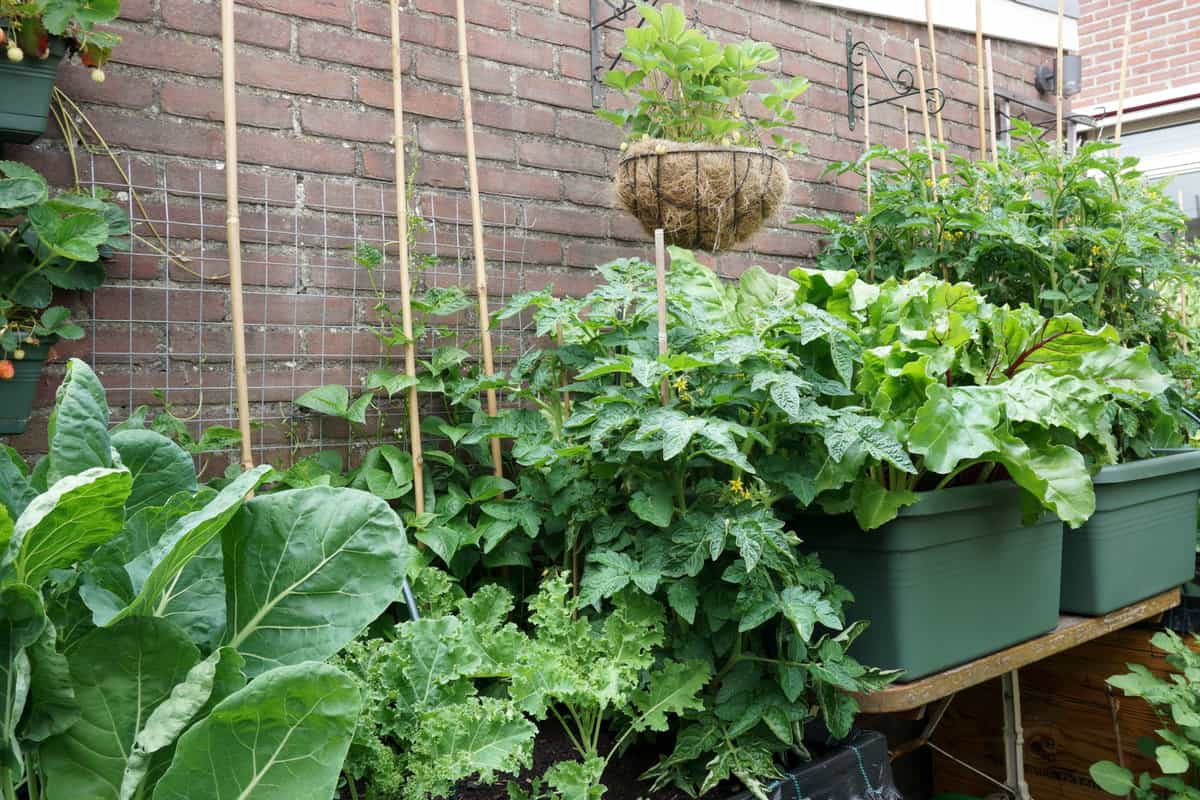
You can use a trellis, a wall-mounted planter, or a hanging garden. Just make sure that the kale plants have enough space to grow and that they receive enough sunlight.
Read more:
- 60+ Vertical Gardening Designs (Inspiration Photo Post)
- The TikTok Video That Will Make You Want To Start Your Own Vertical Farm
Indoors
Kale can also be grown indoors, which is perfect for those who don't have access to outdoor space or who live in apartments.
You can grow kale in a sunny window or under grow lights.
Wrap Up
Planting kale with proper spacing is crucial for a successful harvest.
Overcrowding kale plants can lead to stunted growth, poor air circulation, and an increased risk of disease and pests.
On the other hand, under-planting can result in wasted space and reduced yields.
Remember to consider the size of the kale variety you are planting, as well as your desired harvest. For baby kale, you can plant the seeds closer together, while microgreens require even less spacing.
Be sure to provide your kale plants with adequate nutrients, water, and sunlight to promote healthy growth.
